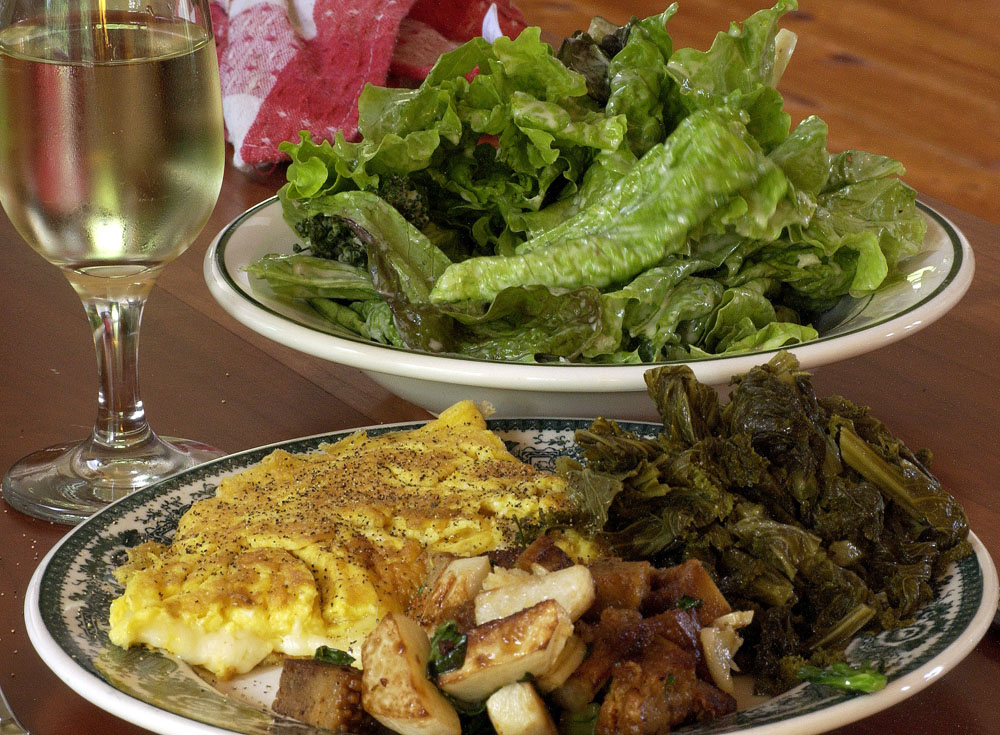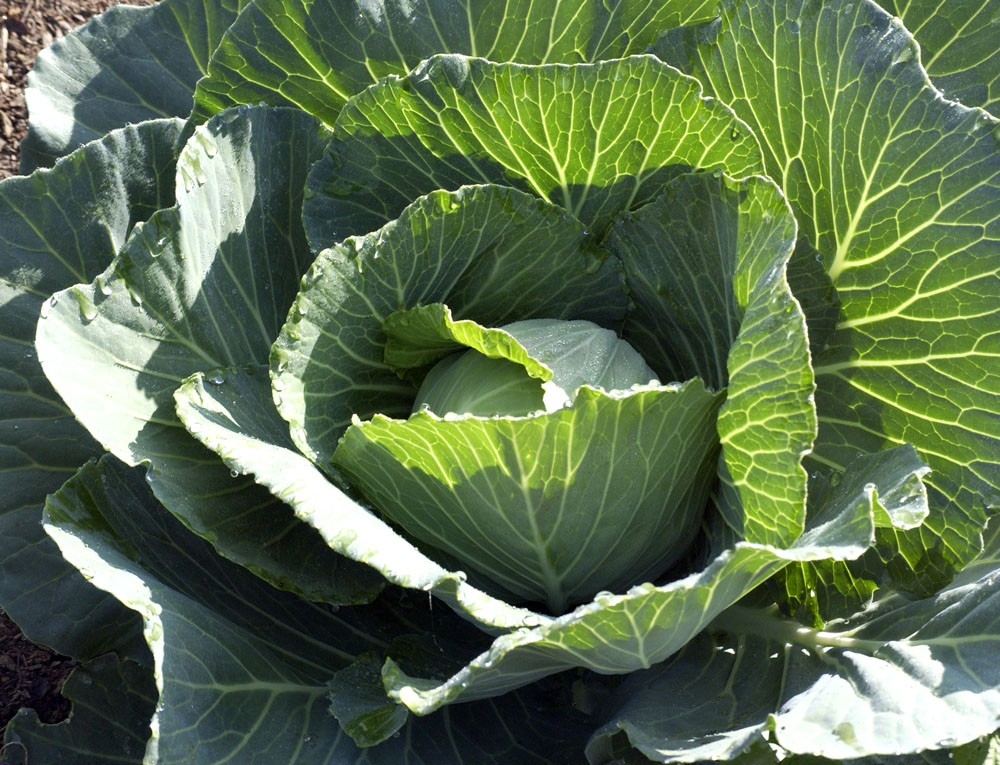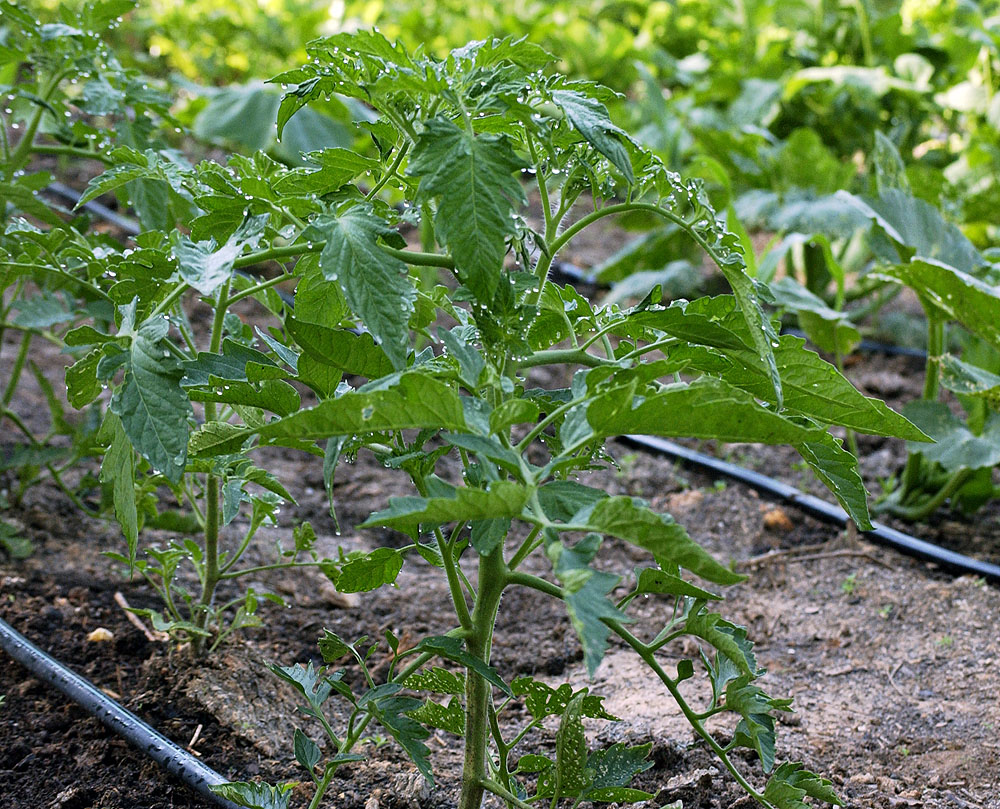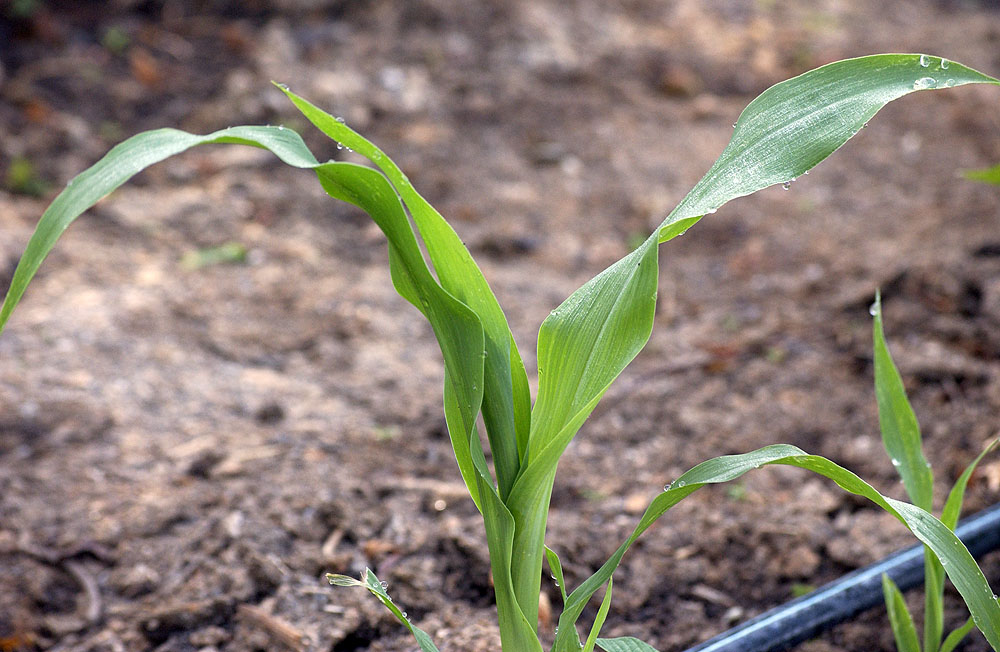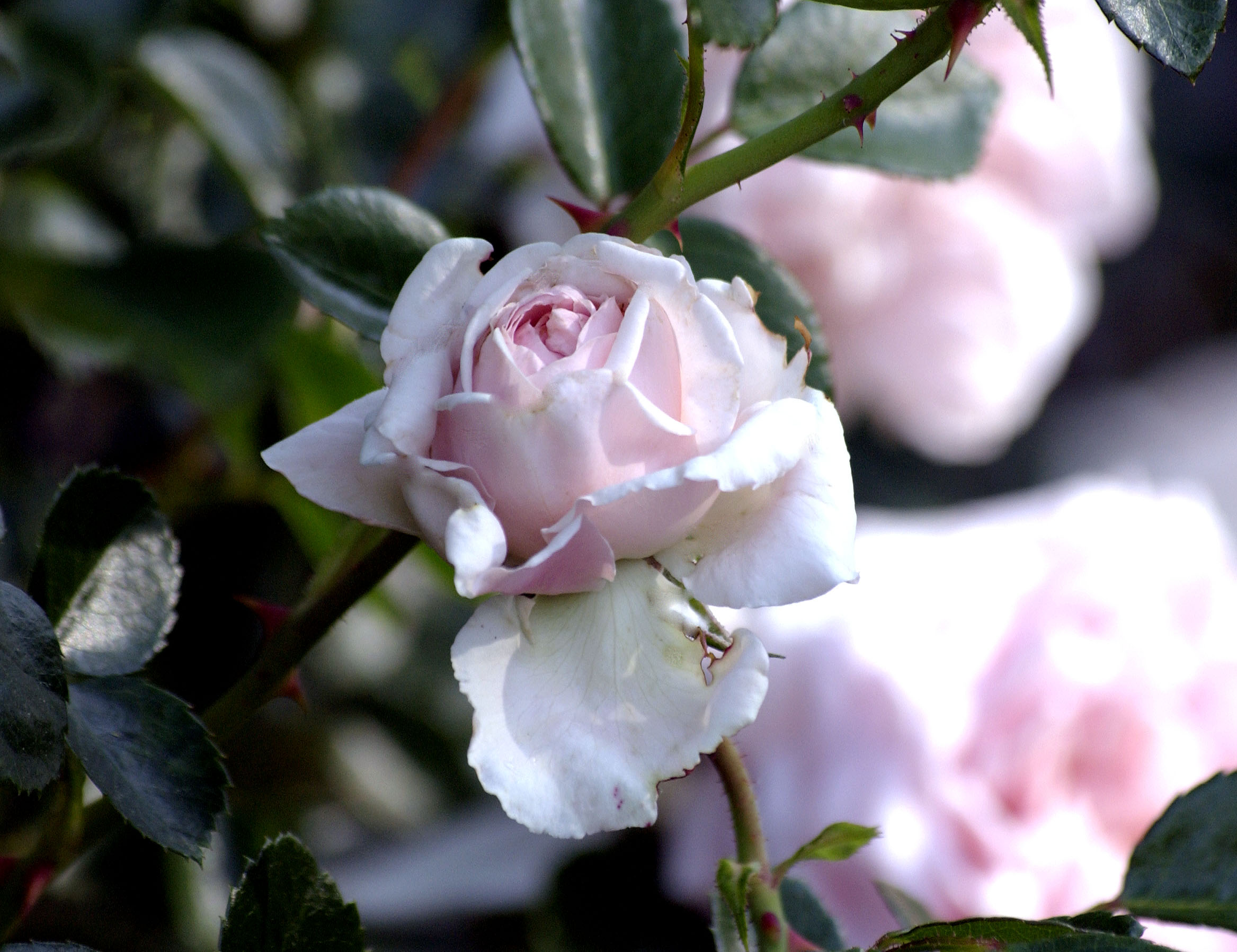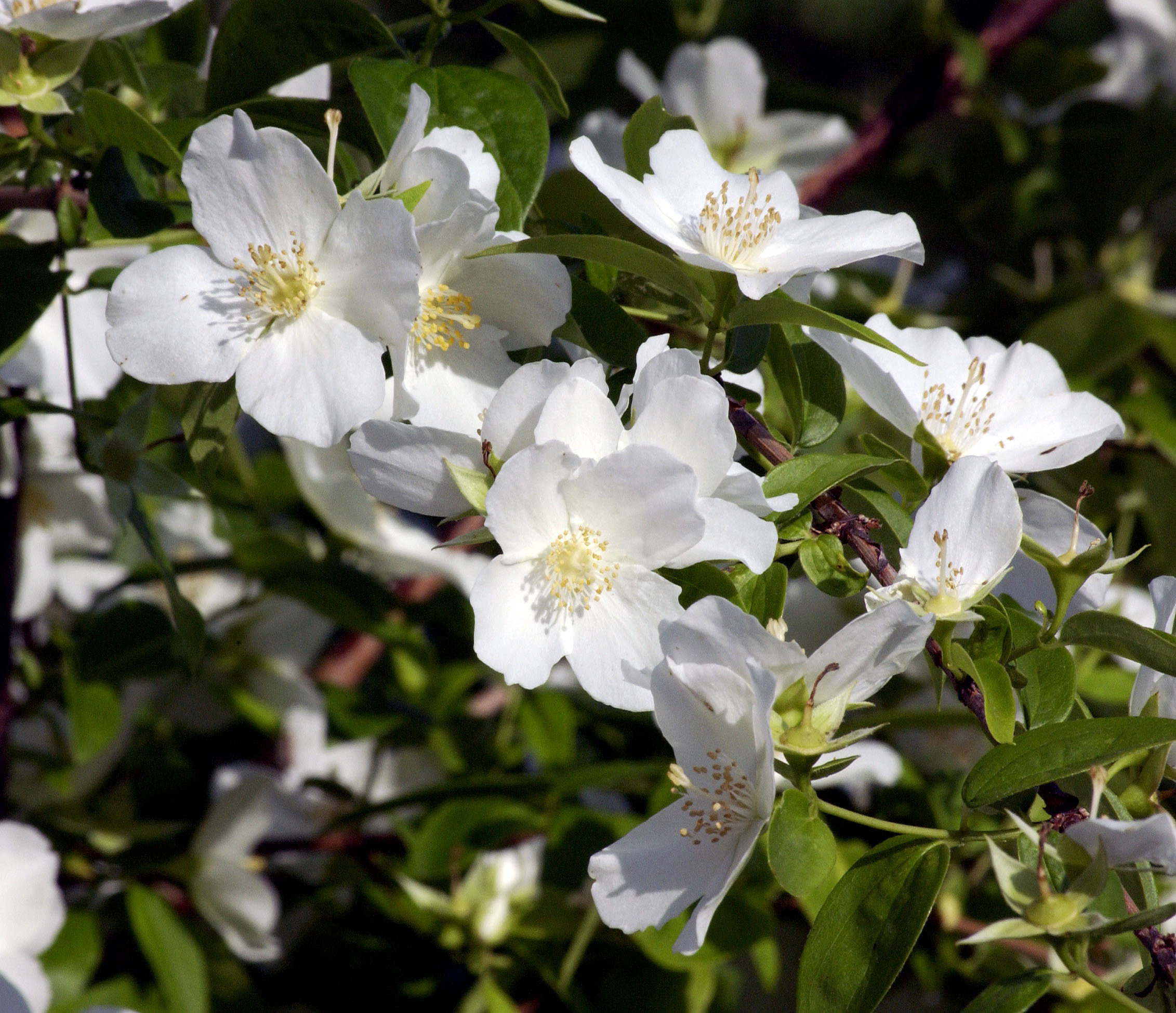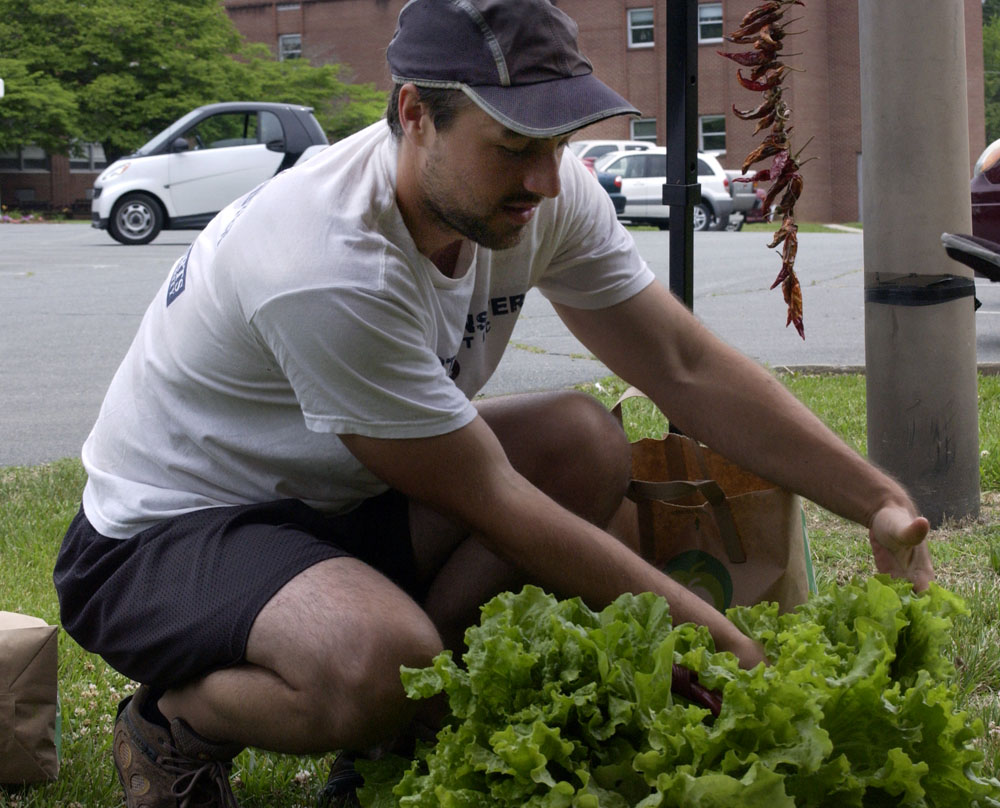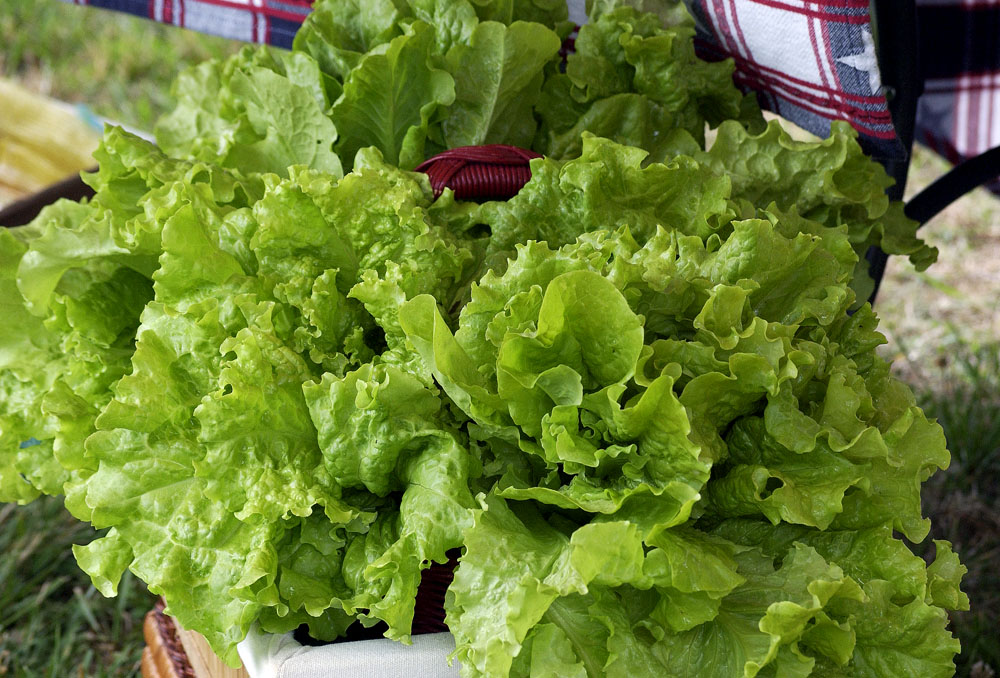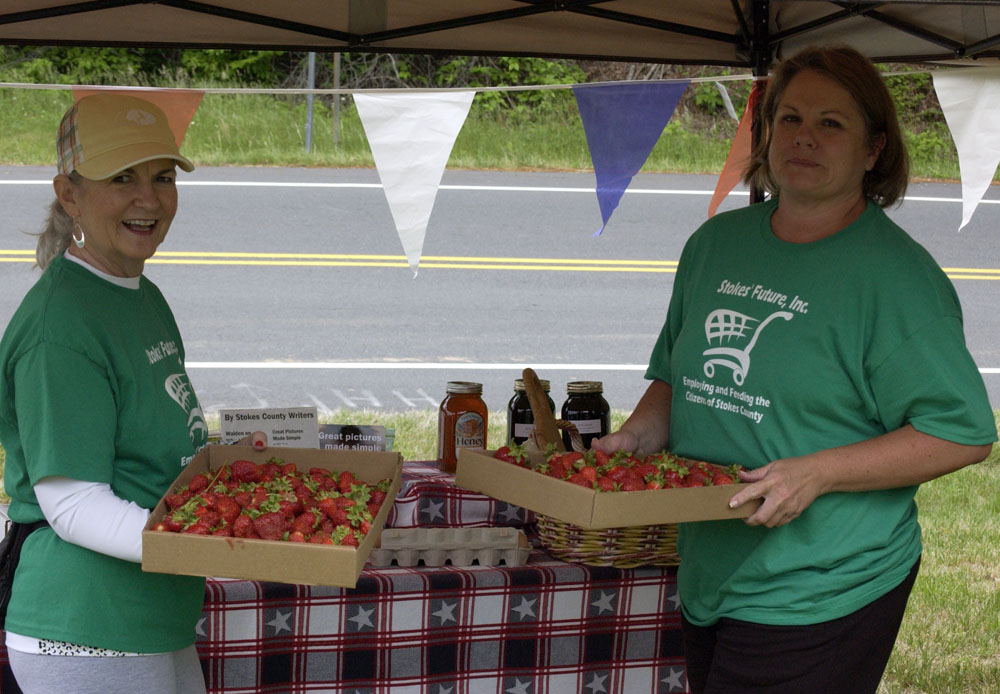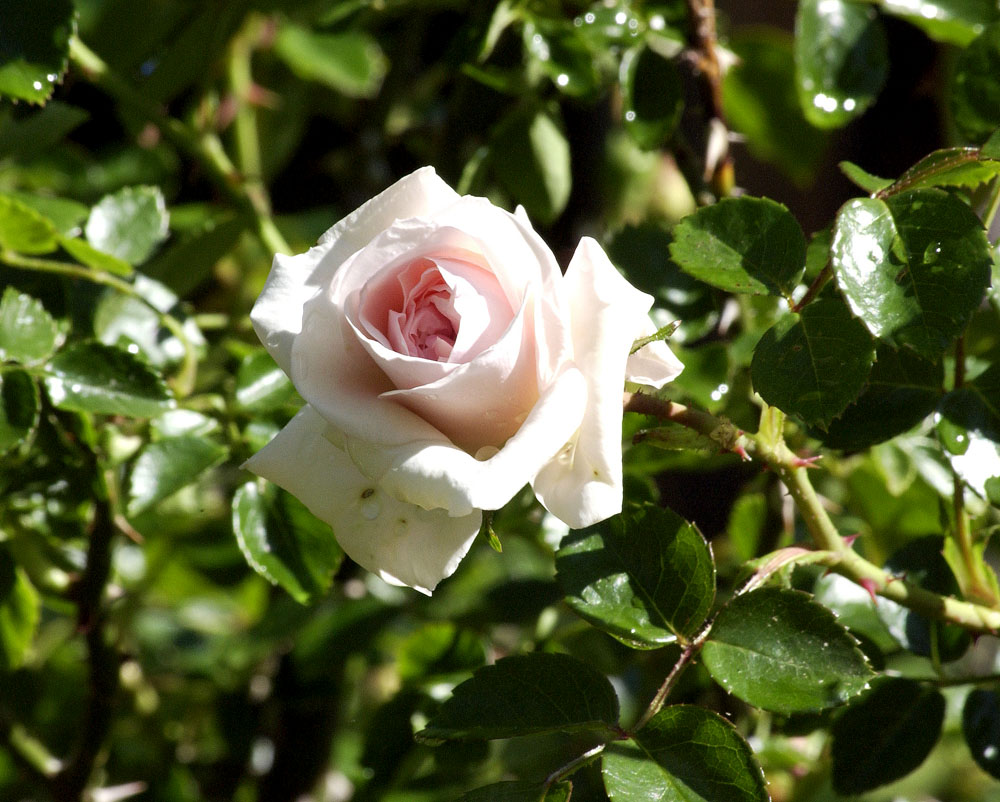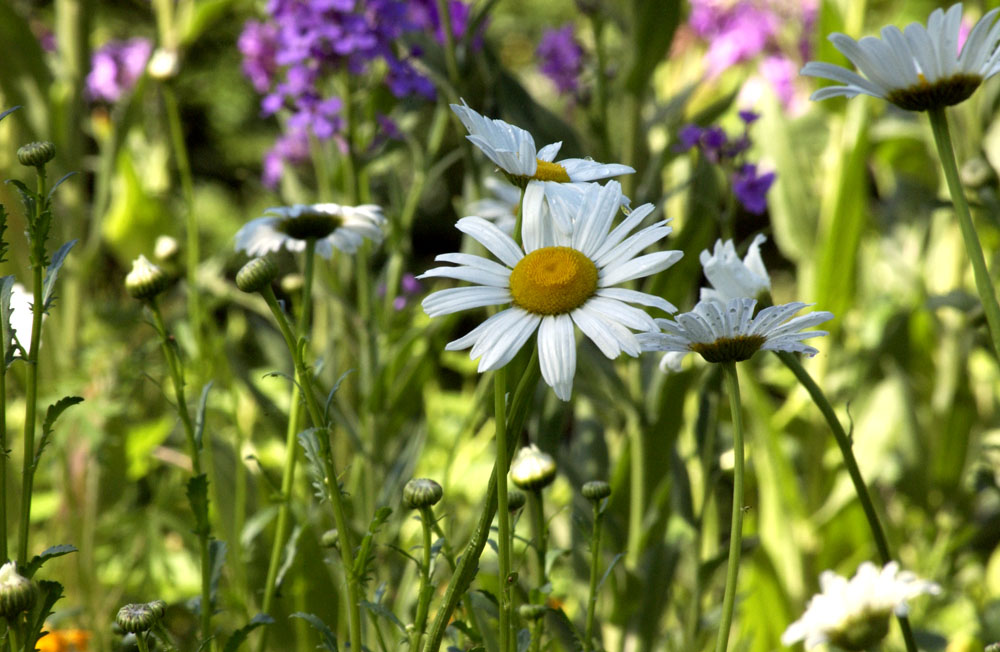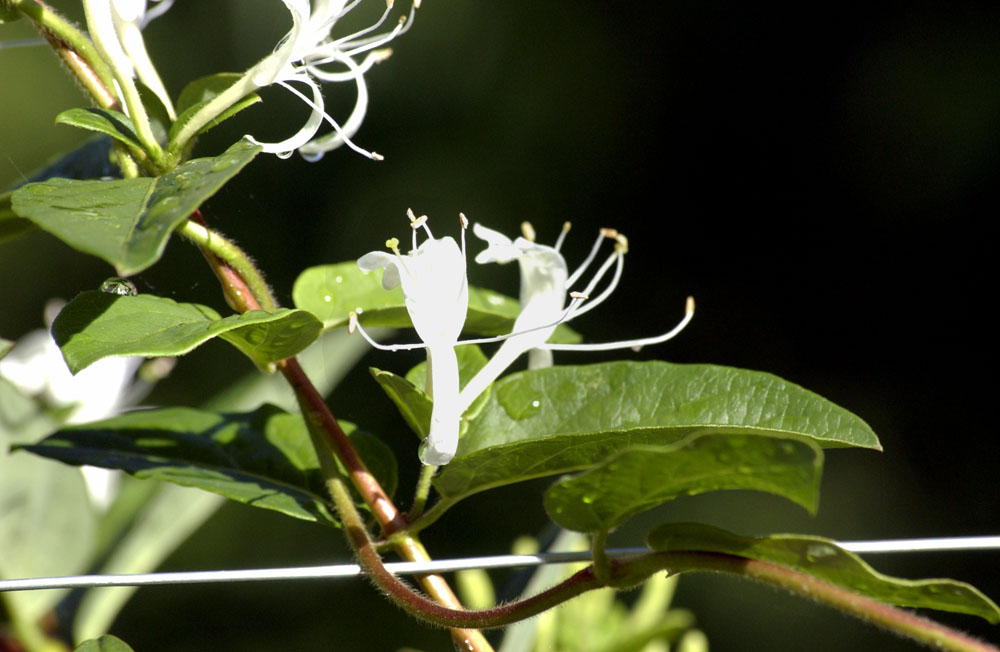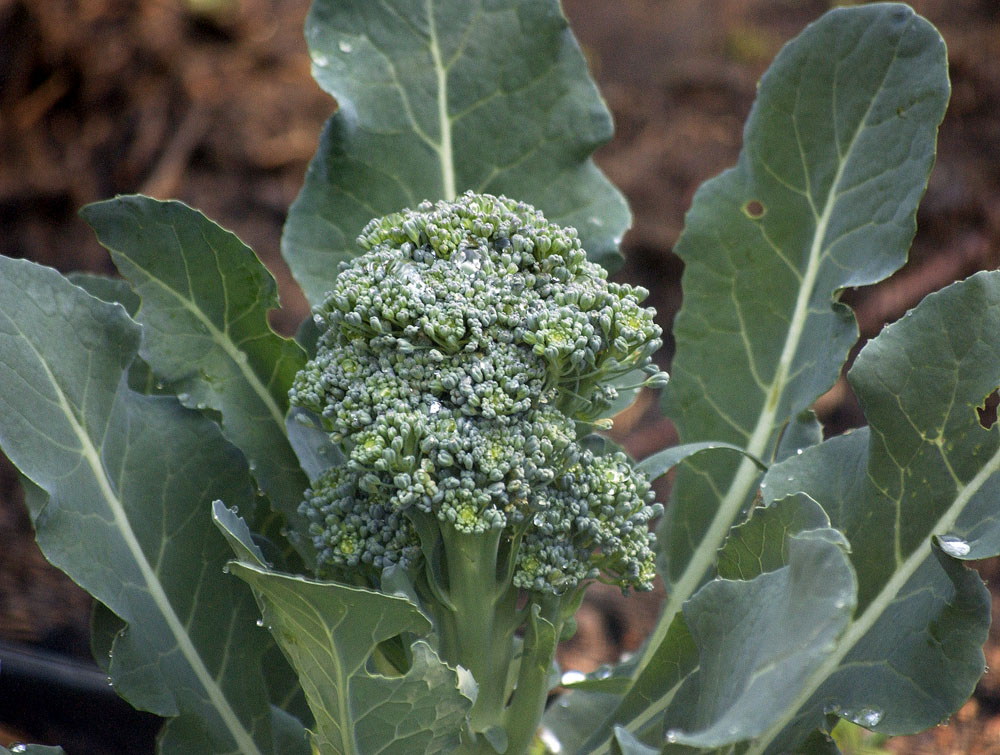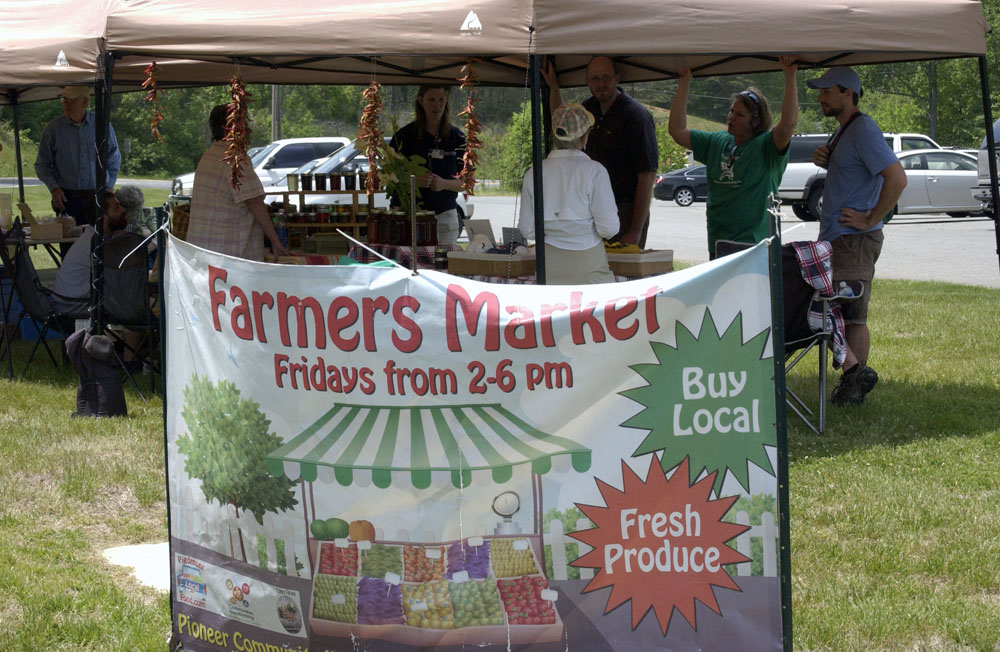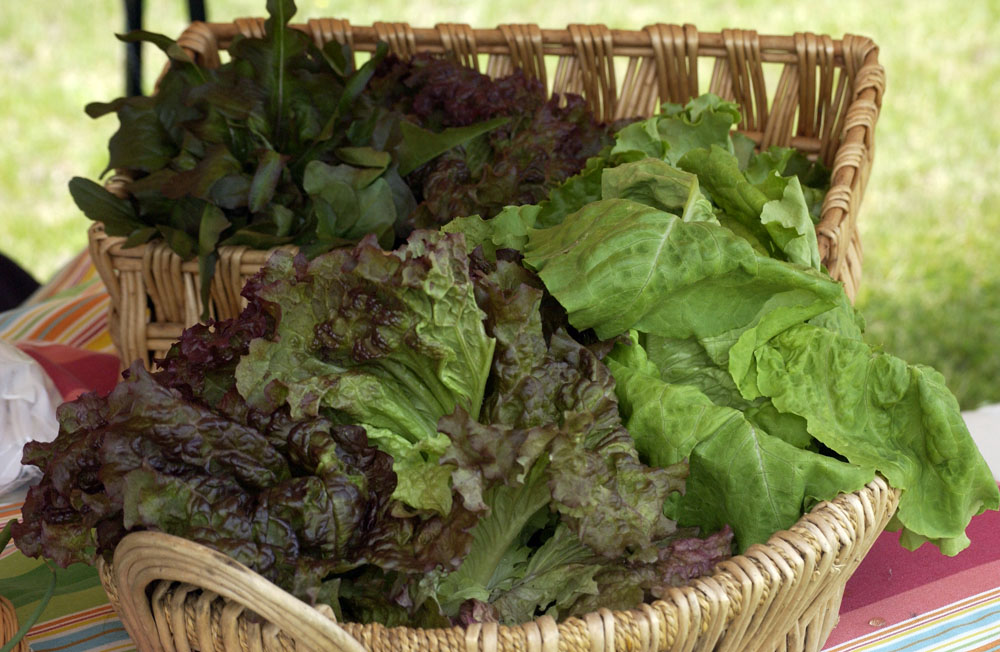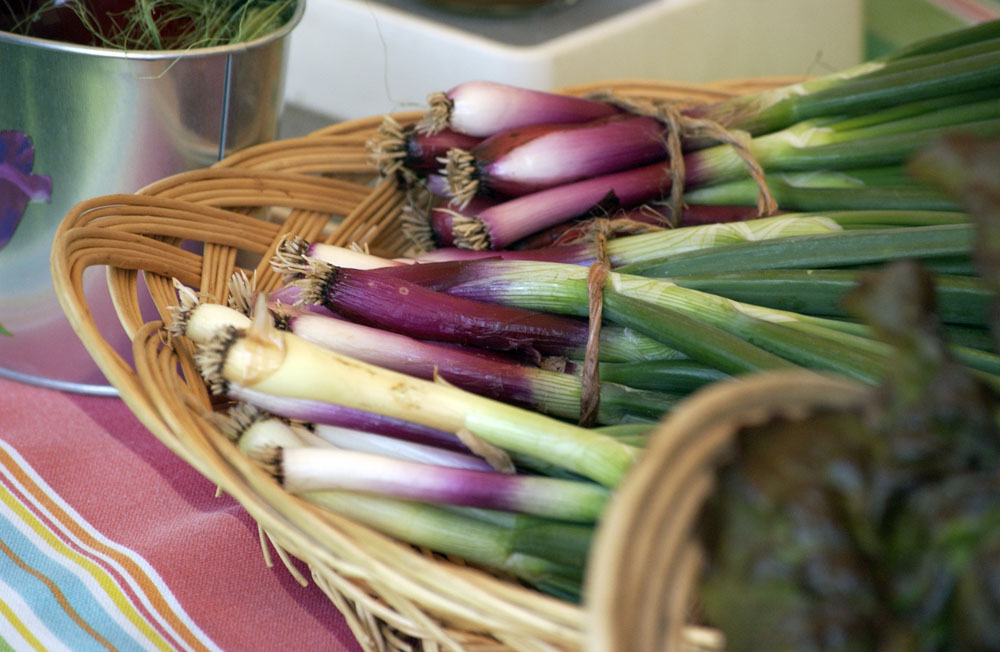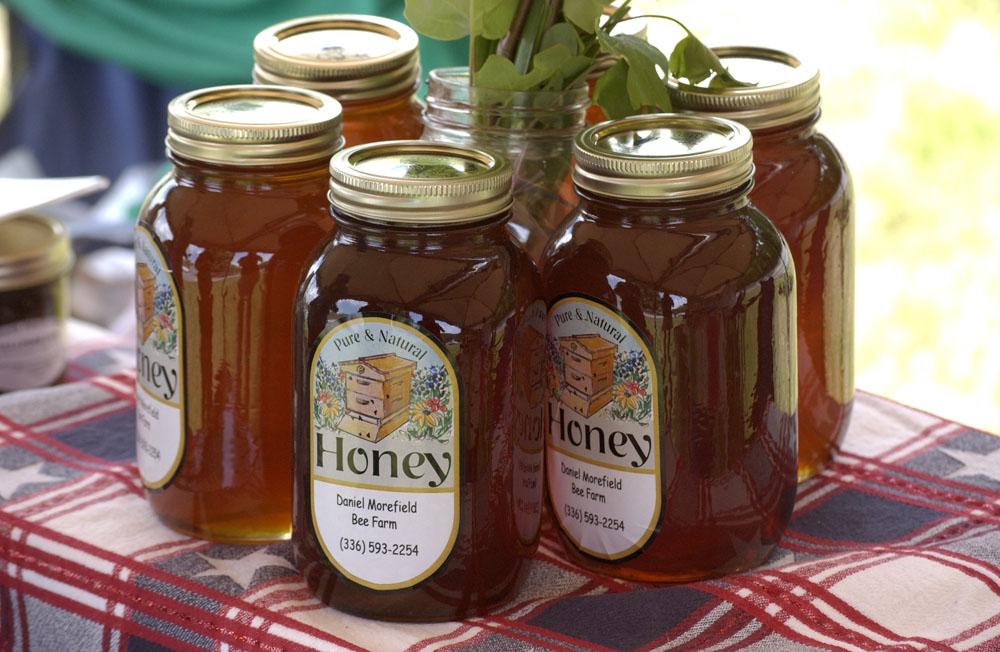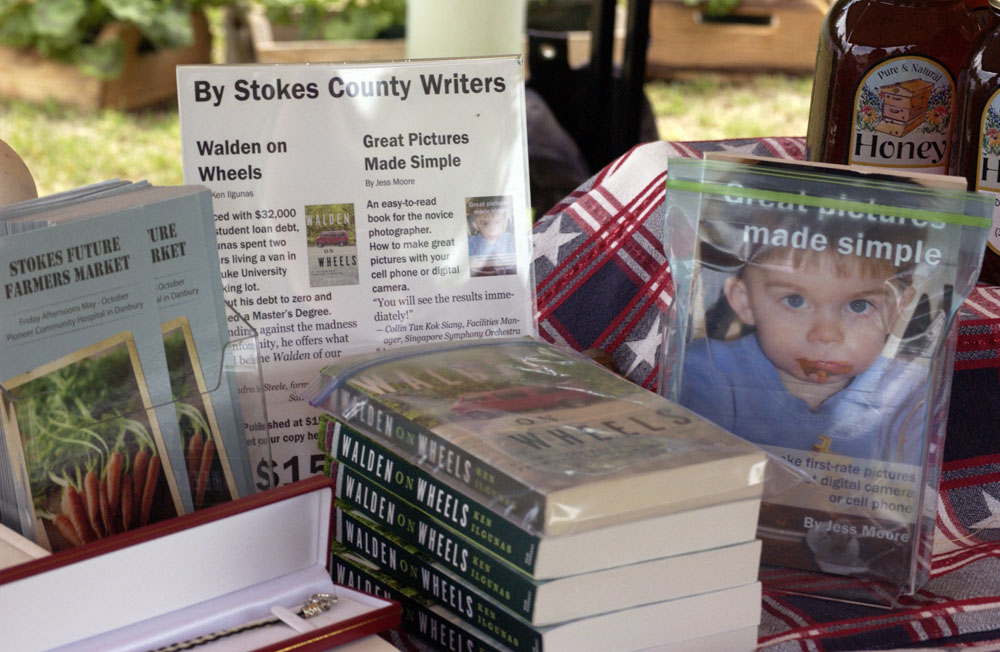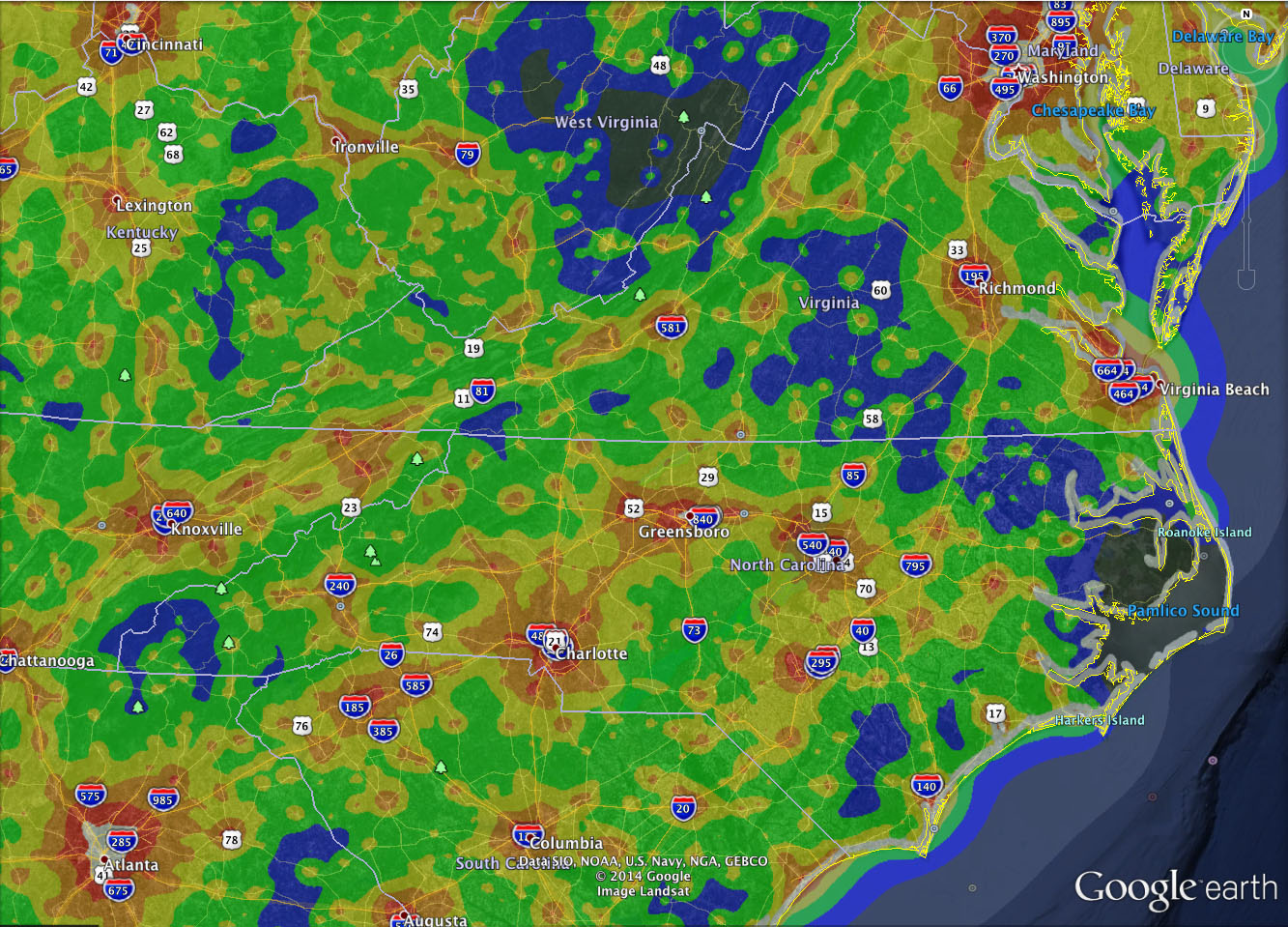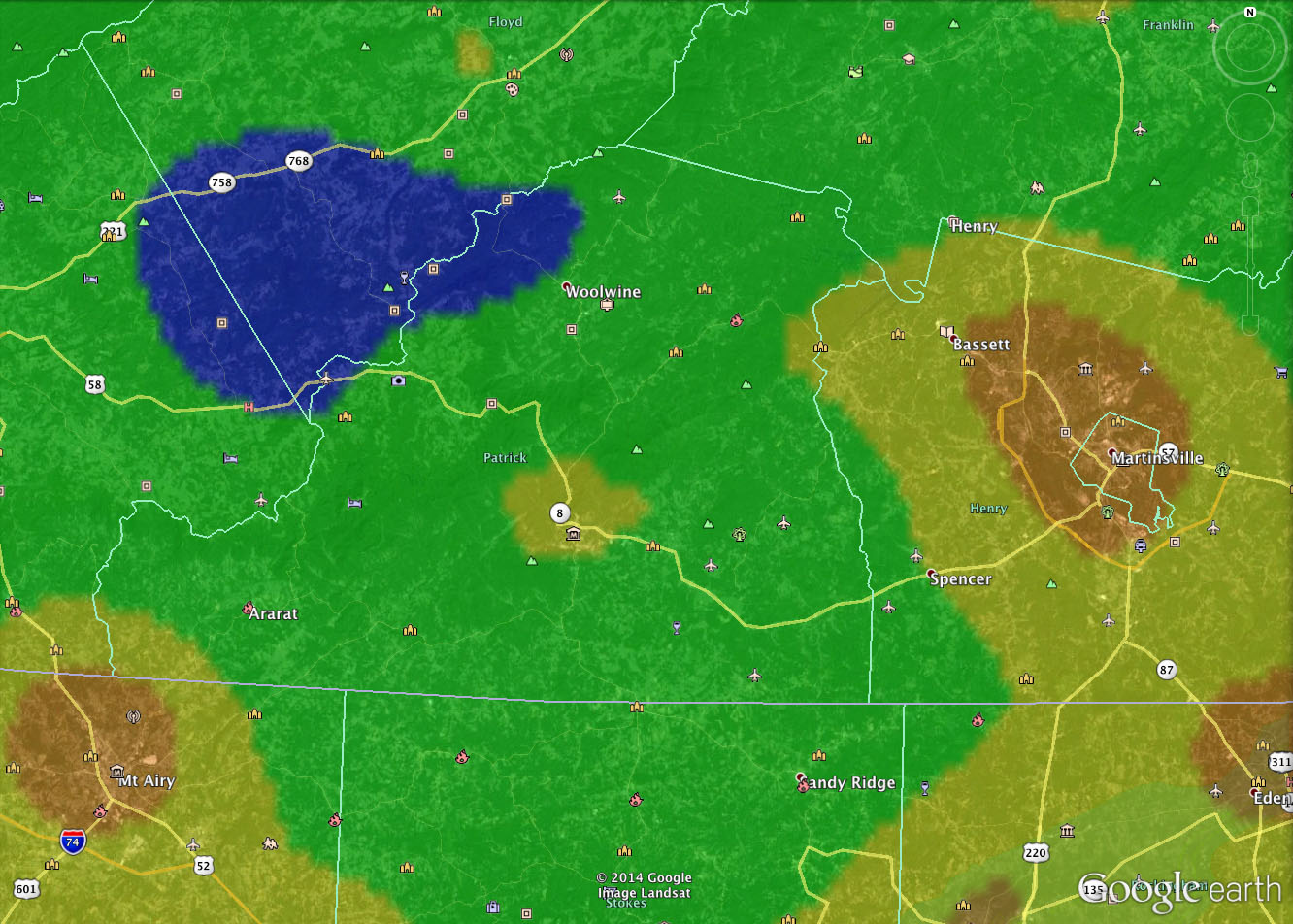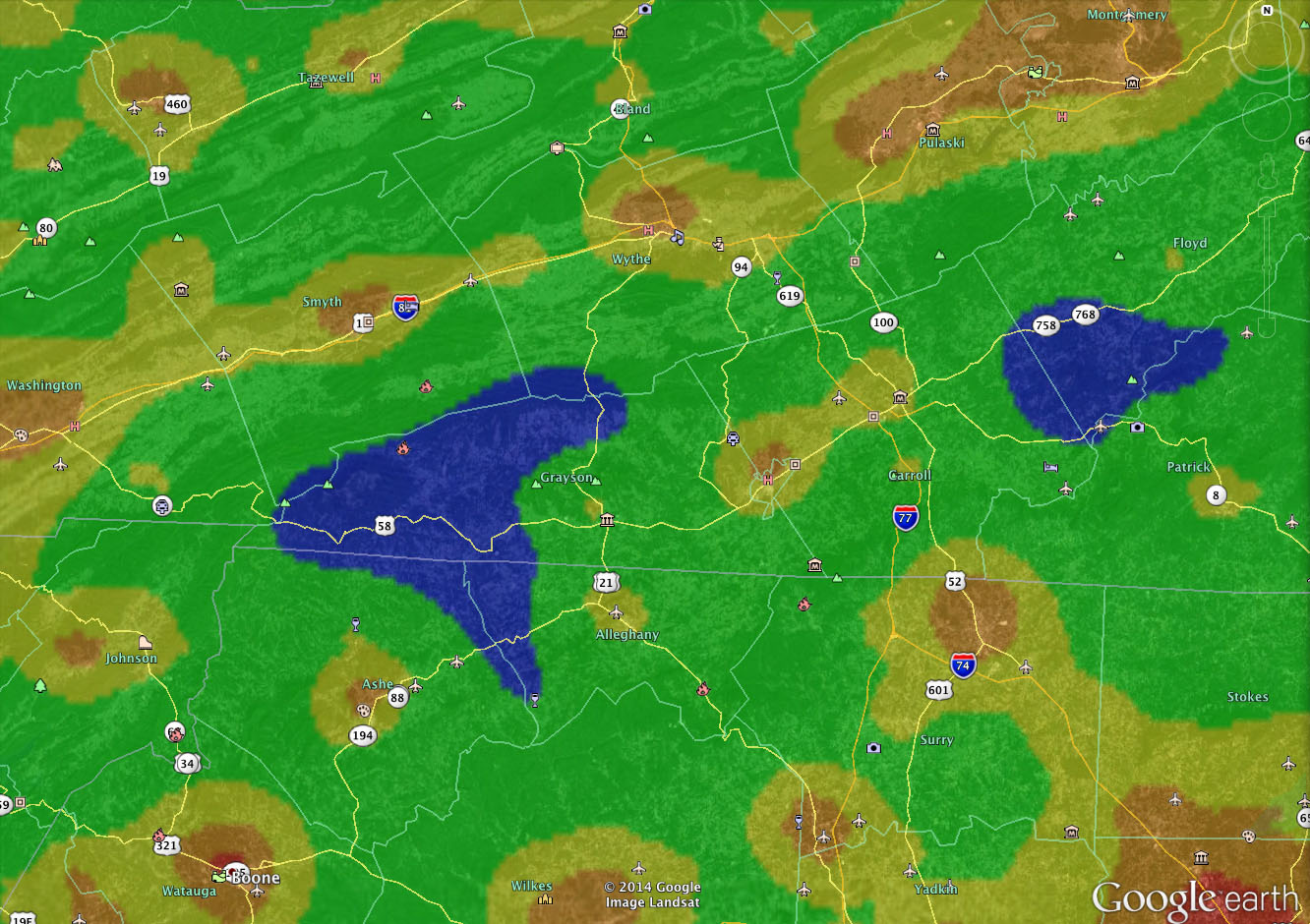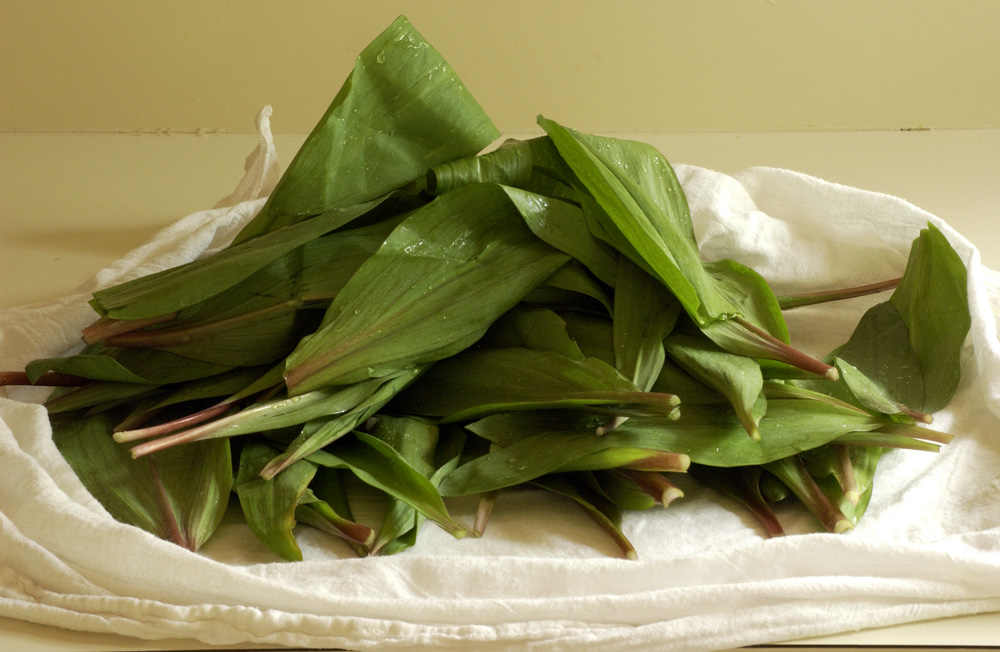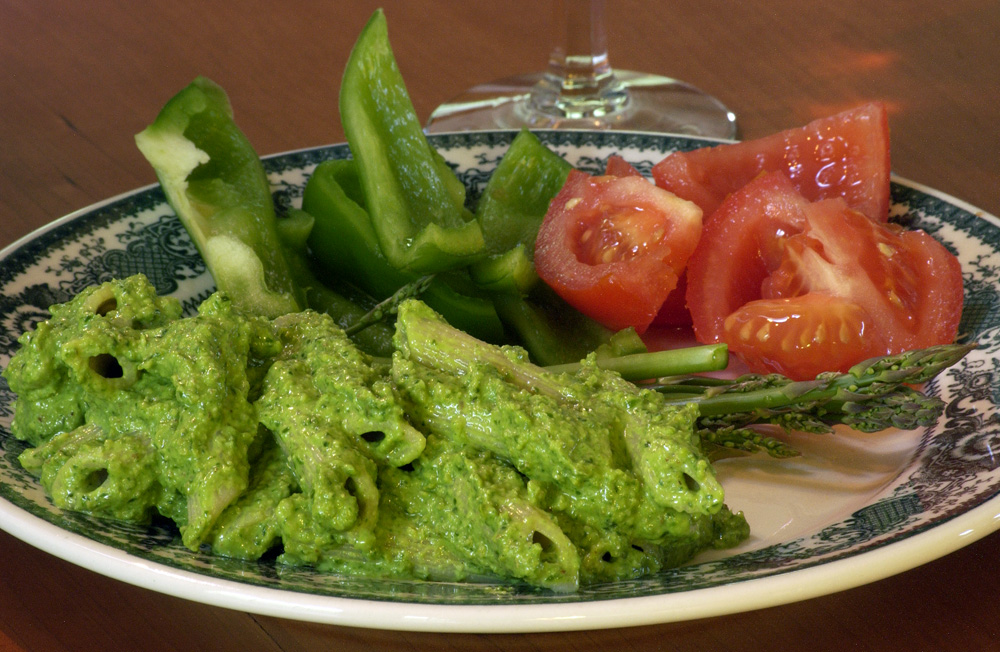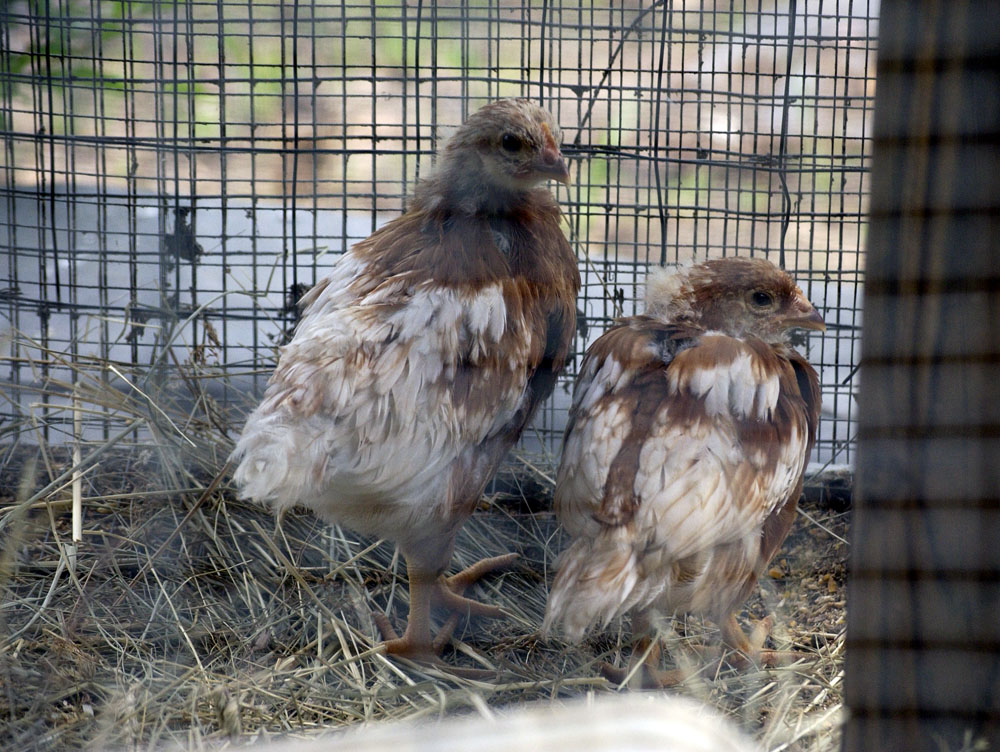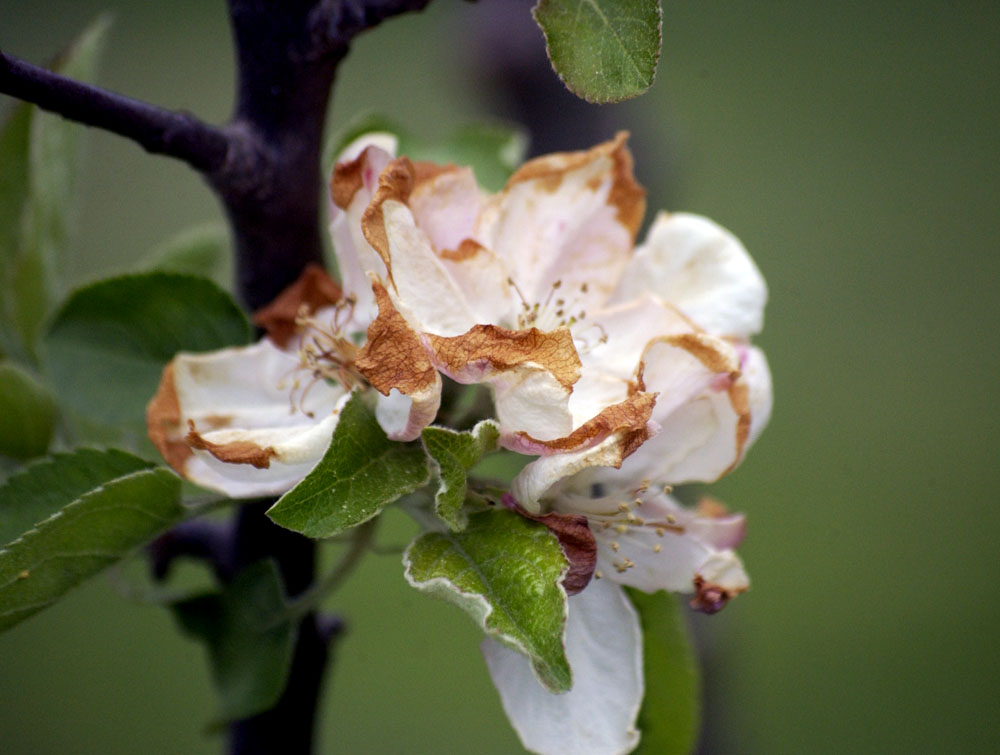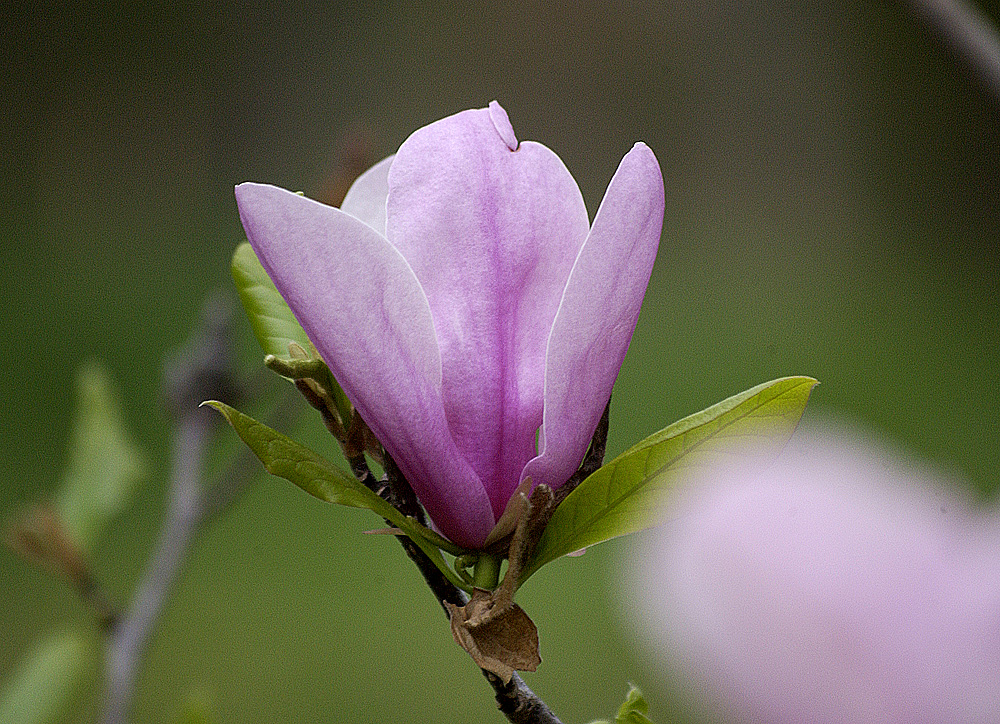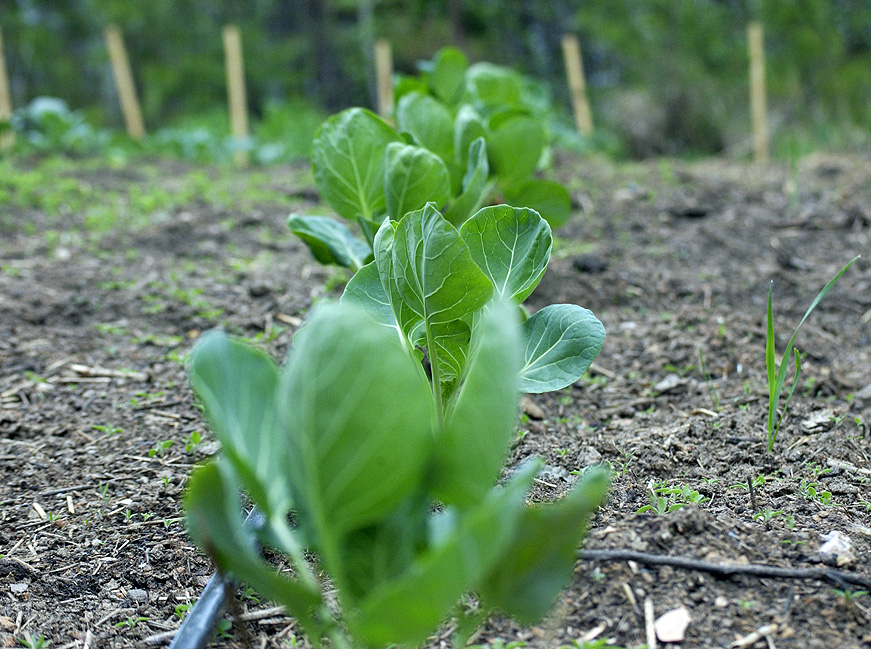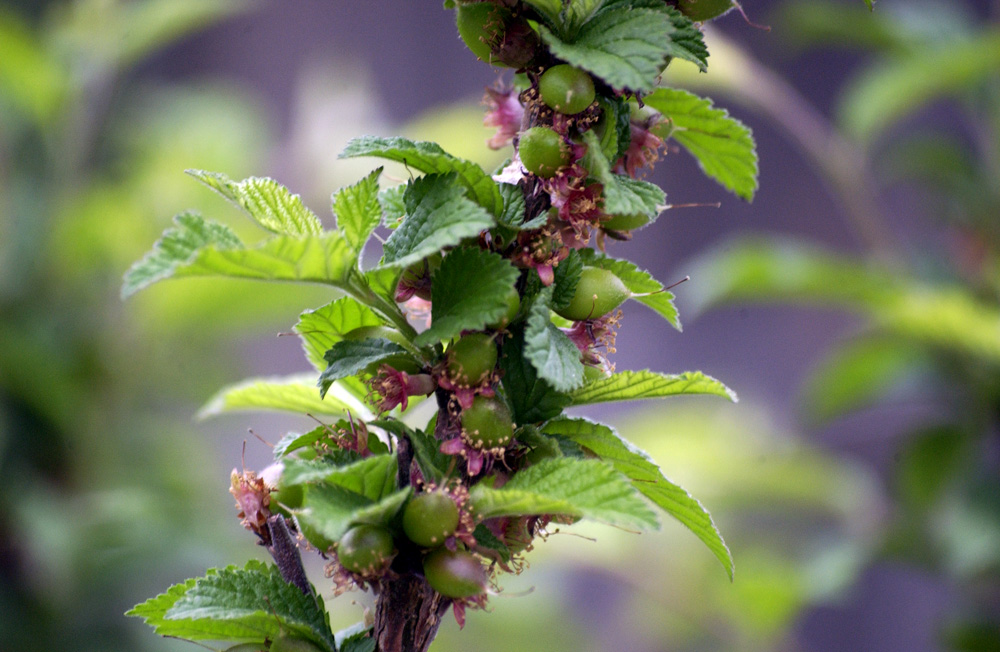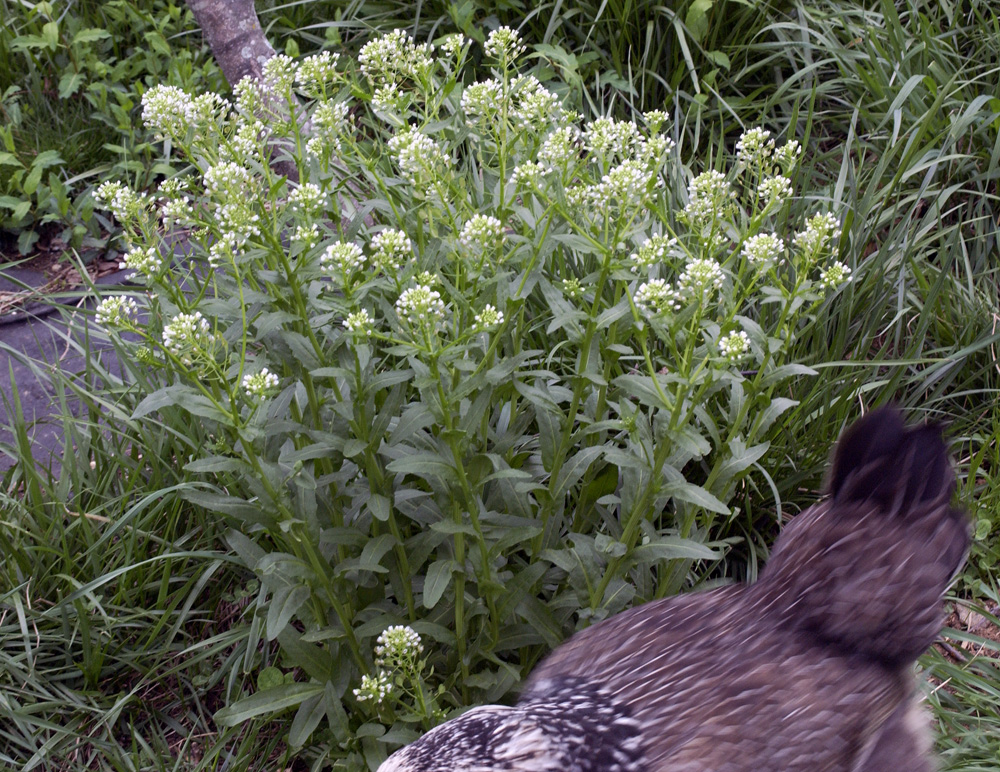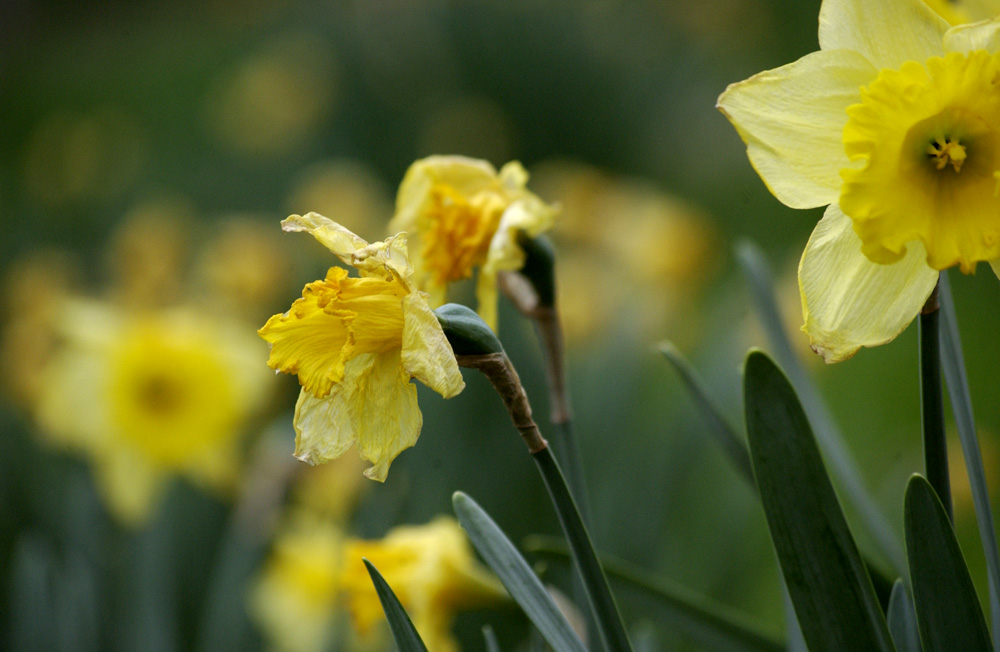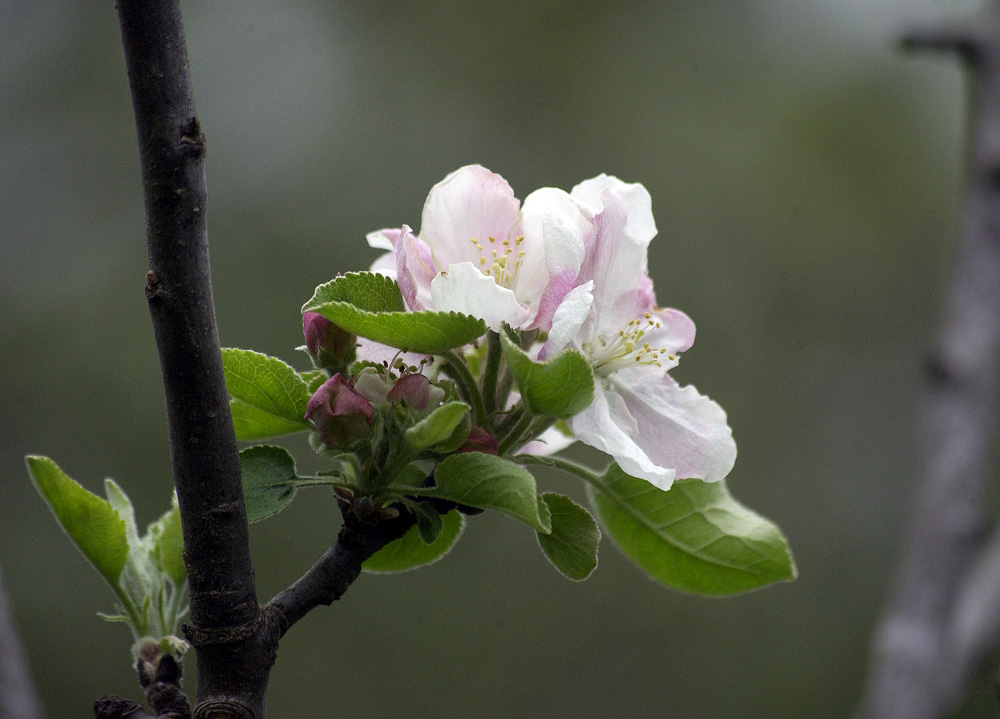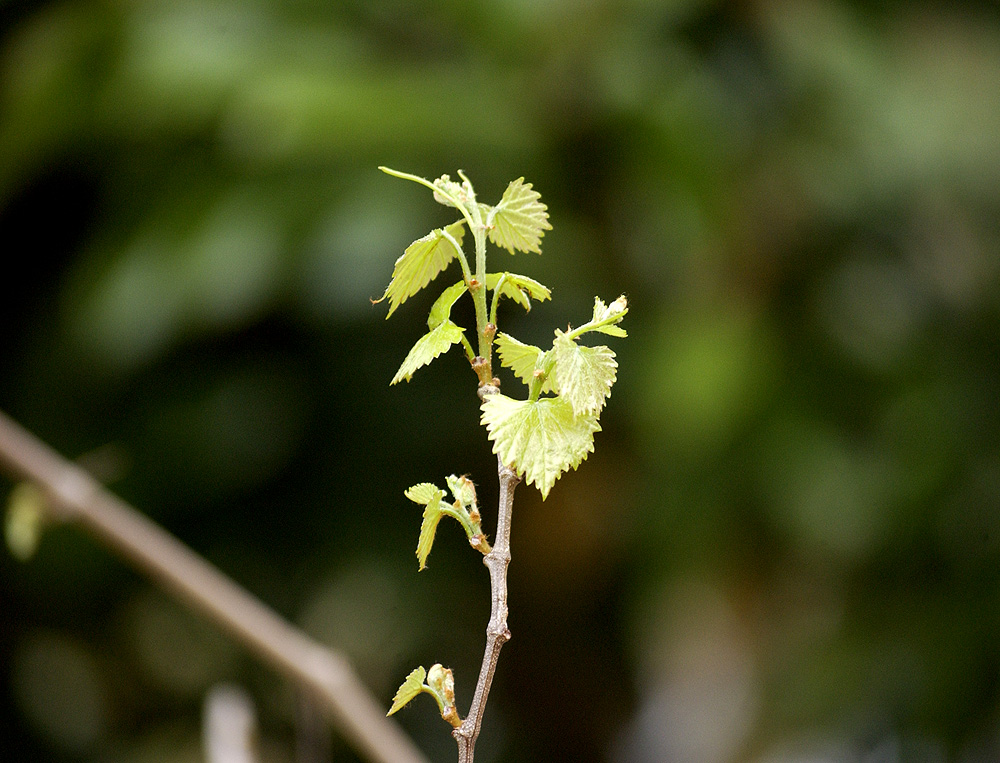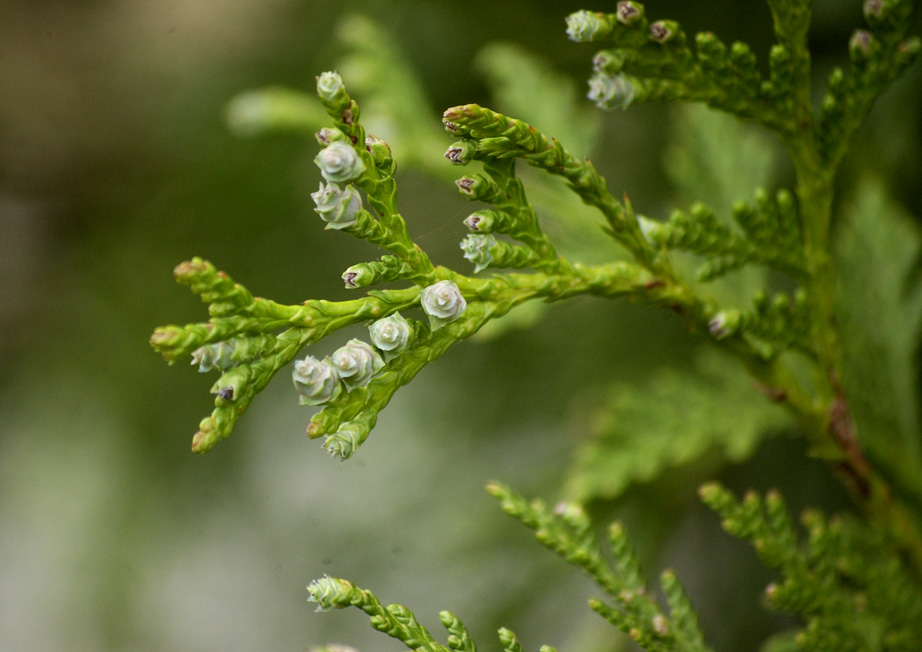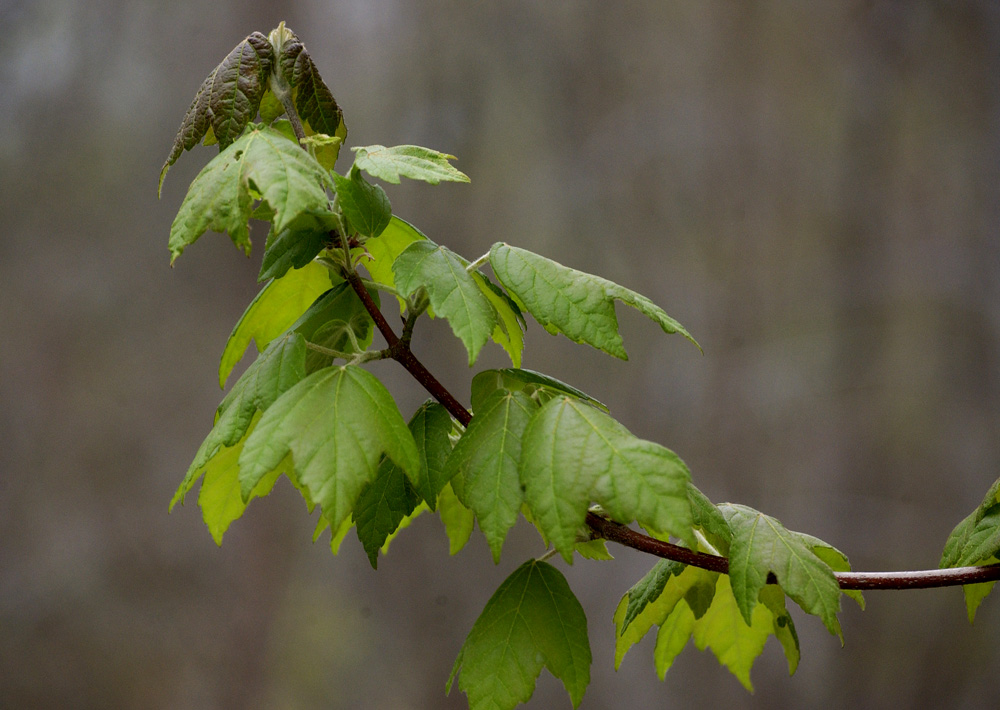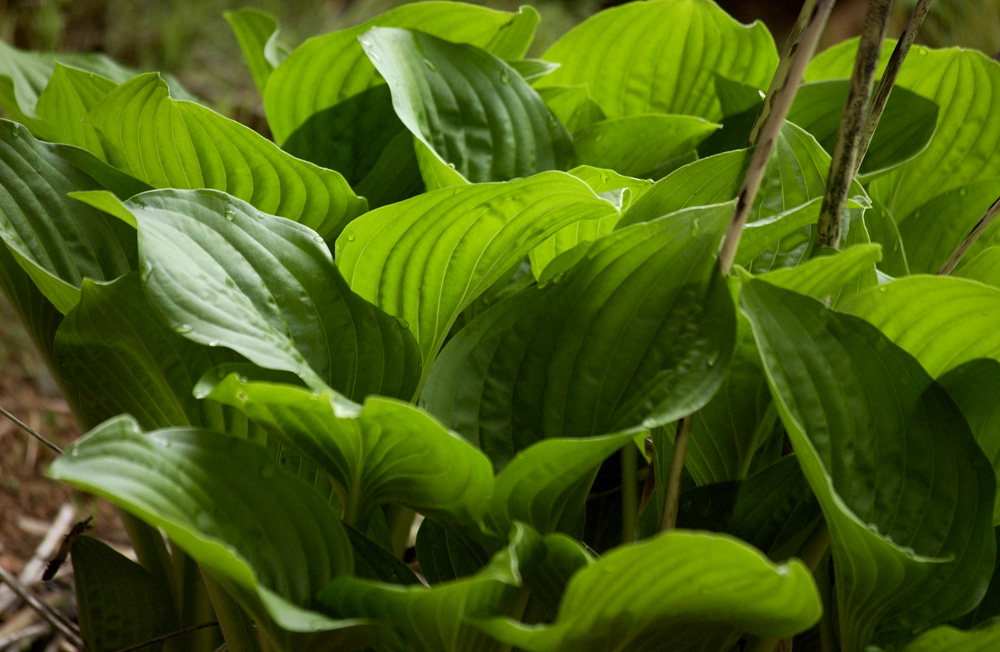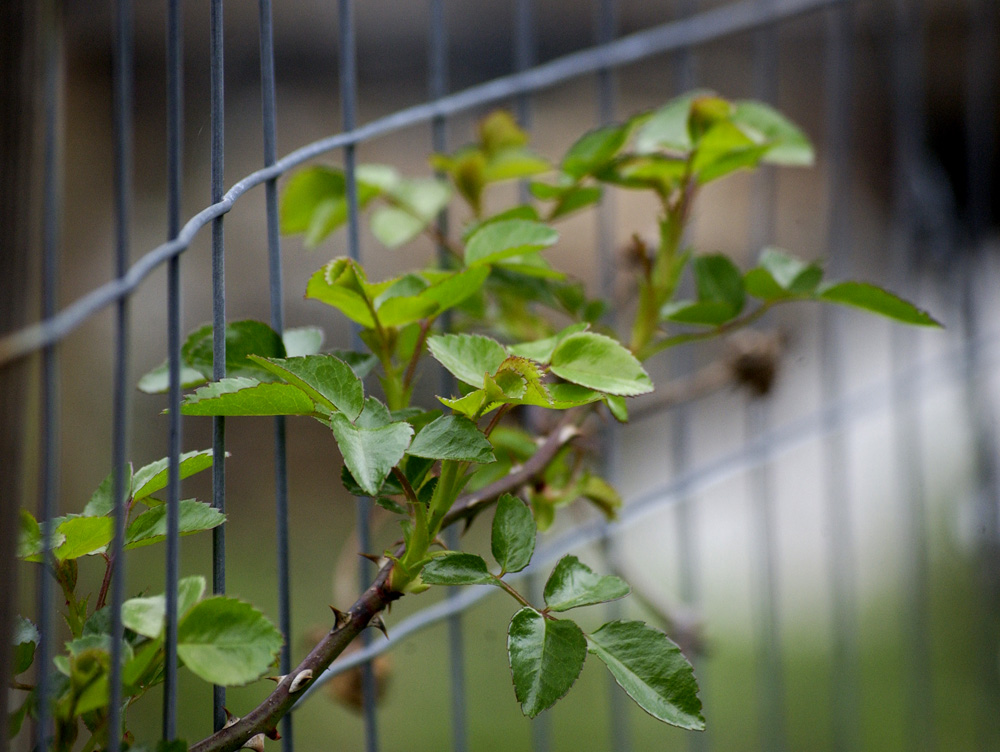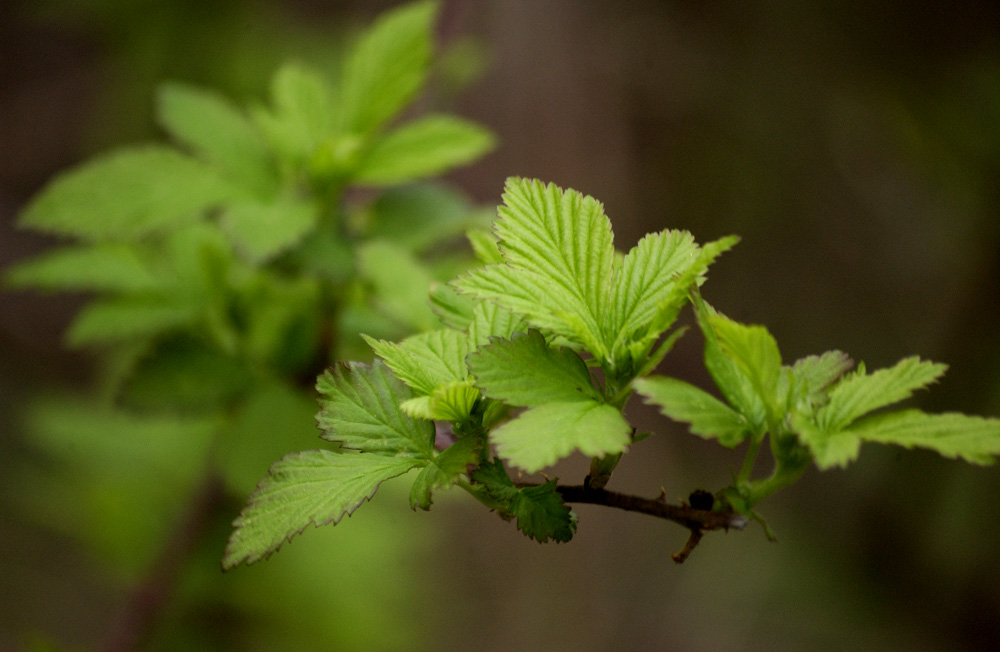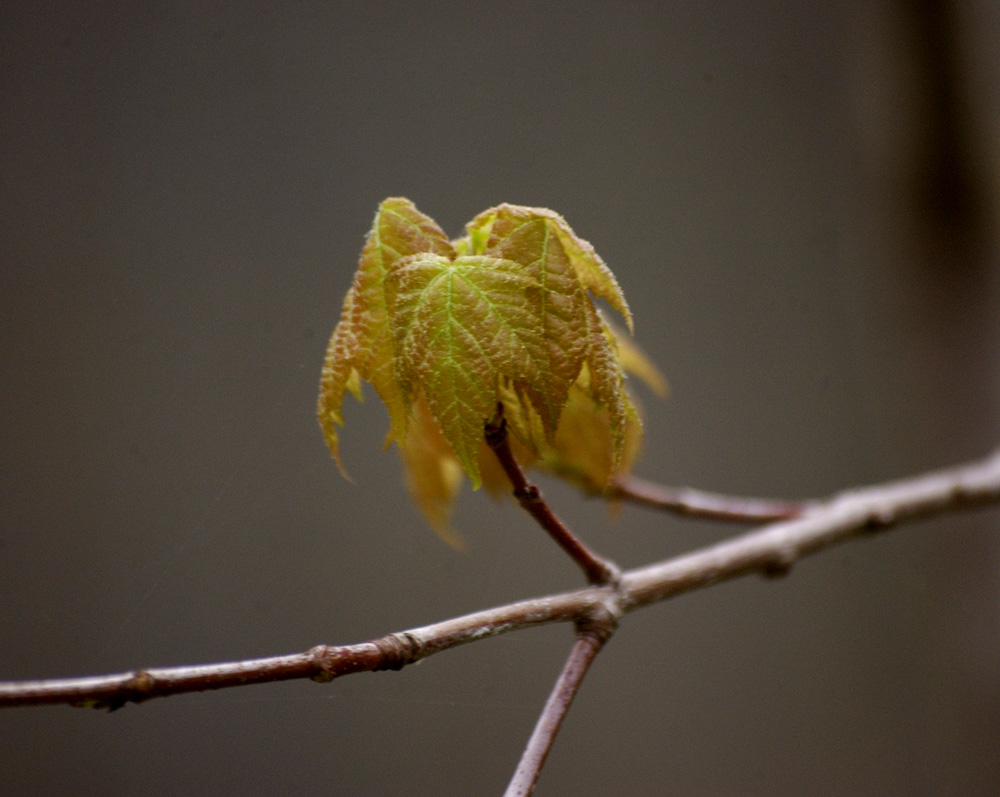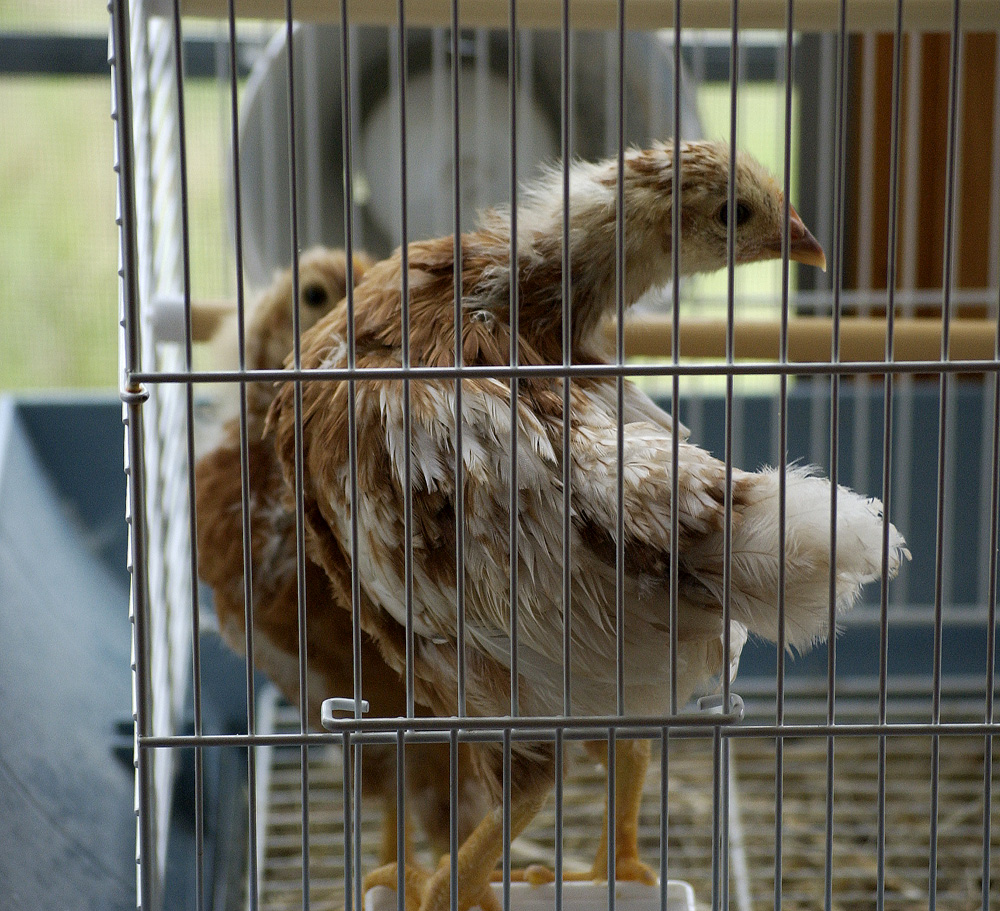The abbey is far from self-sufficient in food, a fact made clear by expenditures at Whole Foods. But each year when the garden kicks in, there begins a time, lasting for several months, in which the abbey is pretty much self-sufficient in produce. Eggs too are an important part of the equation. Eggs from the abbey’s expert hens provide up to 20 percent of our protein year-round.
So the season is beginning in which suppers at the abbey largely consist of food grown here. Yesterday’s supper (above) was omelette, a salad of lettuce and broccoli with homemade garlic-Roquefort dressing, turnip and mustard greens, and a side-dish medley of seared turnips, baby bok choi, and some leftovers. All the produce except the garlic came from the garden — garden to table in about an hour.
On the next trip to Whole Foods, I’ll buy very little produce — a significant savings. Instead, Ken will slave in the garden.
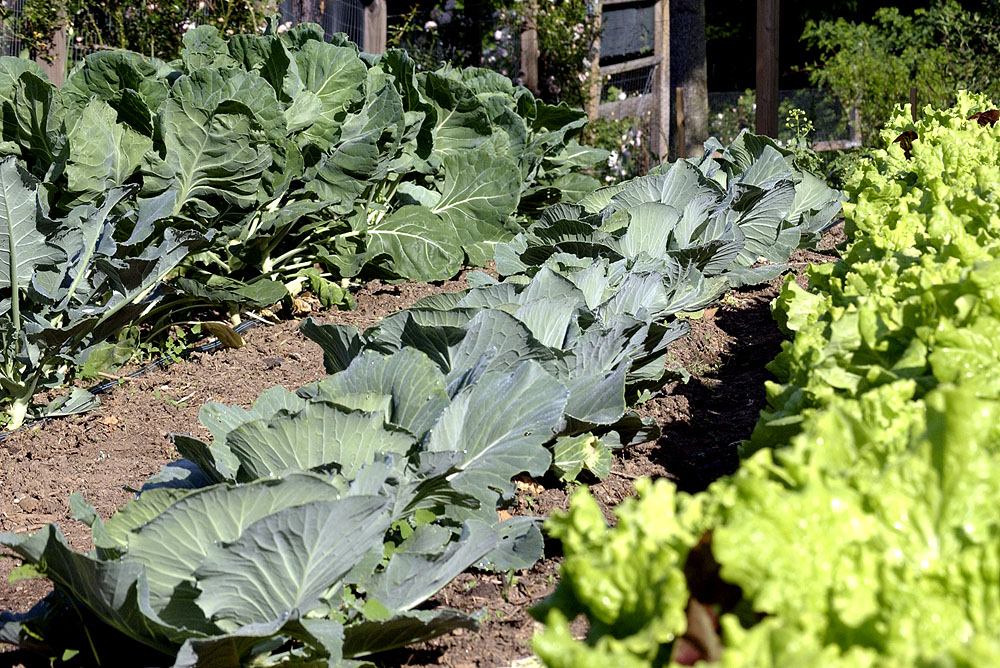
Lettuce, cabbage, and brussels sprouts
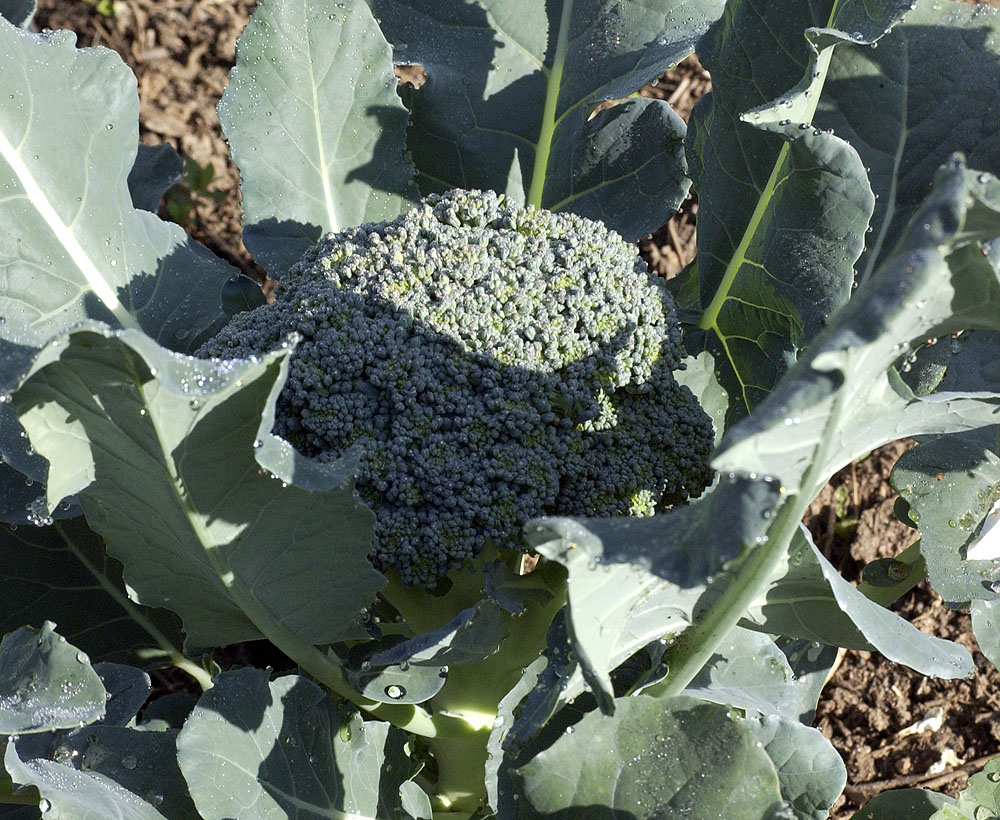
Some of the finest broccoli this year I’ve ever seen
Above, a young tomato. For those not familiar with the Carolina foothills, the soil here is mostly red. Over the past five years, the garden has had literally tons of compost and other organic materials added. Building the soil and feeding the worms is a years-long process, and the process is now well along here. I’ve never seen such rapid growth in the garden. No doubt the insect pests will get worse as the weather gets hotter, but so far the garden has been almost bug free.
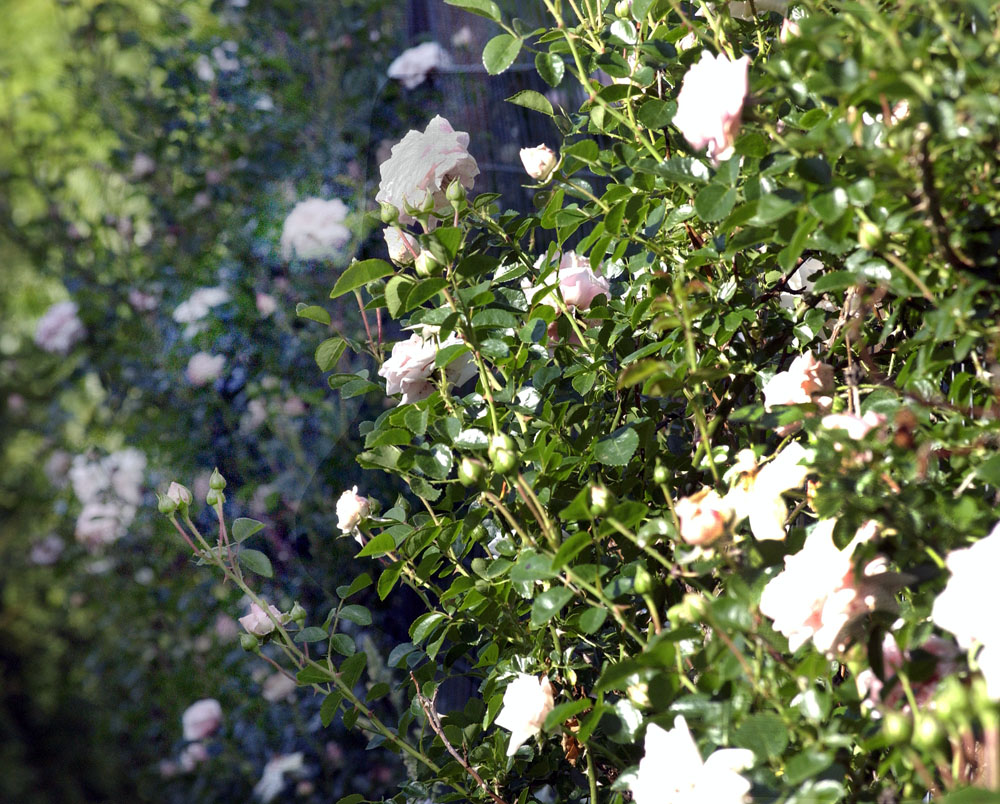
We have walls and walls of heirloom roses on the garden fence and elsewhere.

